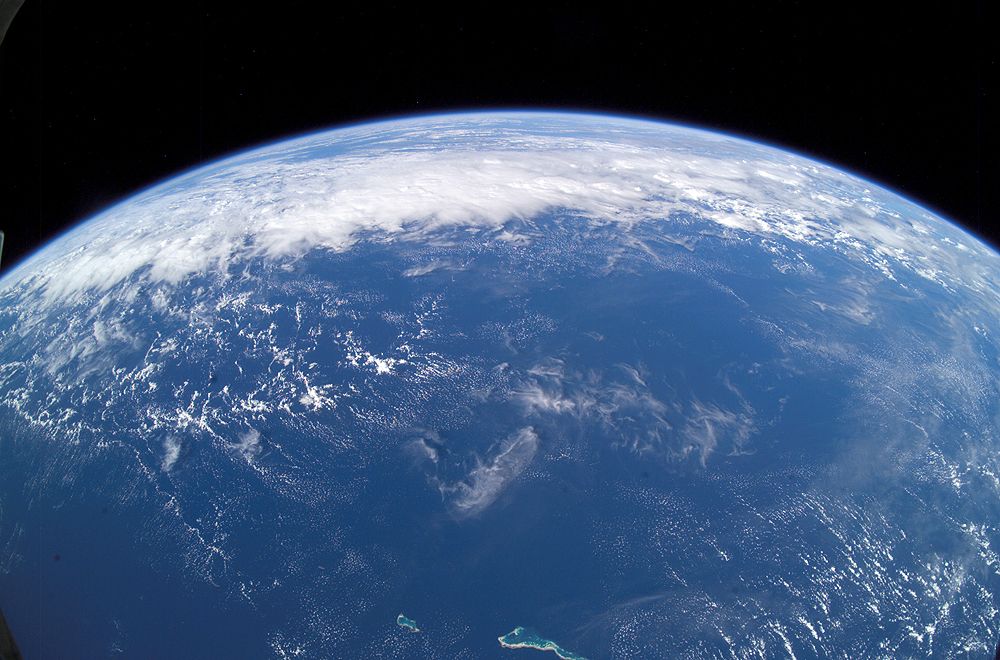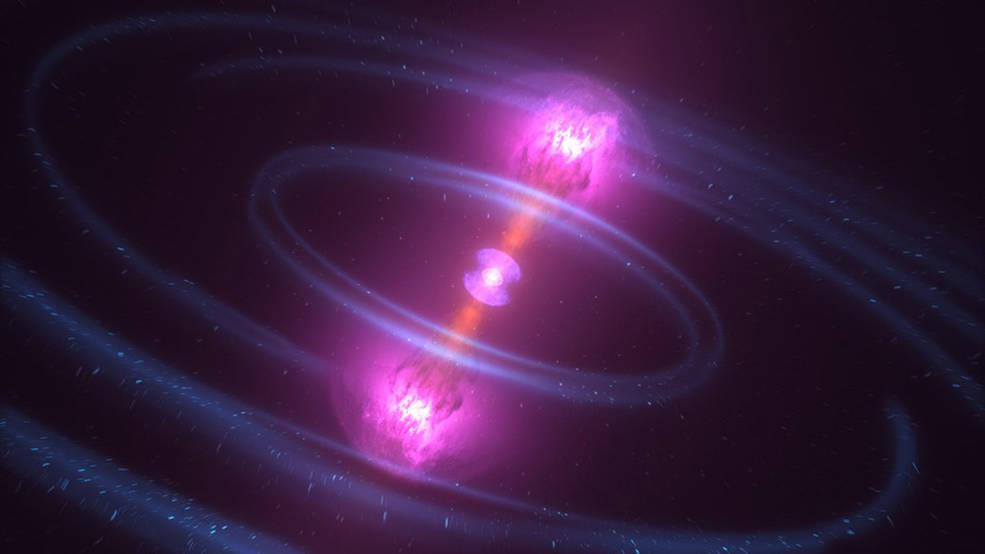The star HD 65907 is not what it appears to be. It’s a star that looks young, but on closer inspection is actually much, much older. What’s going on? Research suggests that it is a resurrected star.
Continue reading “The Mysterious Case of the Resurrected Star”The JWST Looked Over the Hubble’s Shoulder and Confirmed that the Universe is Expanding Faster

It’s axiomatic that the Universe is expanding. However, the rate of expansion hasn’t remained the same. It appears that the Universe is expanding more quickly now than it did in the past.
Astronomers have struggled to understand this and have wondered if the apparent acceleration is due to instrument errors. The JWST has put that question to rest.
Continue reading “The JWST Looked Over the Hubble’s Shoulder and Confirmed that the Universe is Expanding Faster”Astronaut Don Pettit is Serious, He Rigged up Astrophotography Gear on the ISS
Astrophotography is a challenging art. Beyond the usual skill set of understanding things such as light exposure, color balance, and the quirks of your kit, there is the fact that stars are faint and they move.
Continue reading “Astronaut Don Pettit is Serious, He Rigged up Astrophotography Gear on the ISS”Drone Test Flights Are Being Tested for Flights on Alien Worlds

We’ve already seen the success of the Ingenuity probe on Mars. The first aircraft to fly on another world set off on its maiden voyage in April 2021 and has now completed 72 flights. Now a team of engineers are taking the idea one step further and investigating ways that drones can be released from satellites in orbit and explore the atmosphere without having to land. The results are positive and suggest this could be a cost effective way to explore alien atmospheres.
Continue reading “Drone Test Flights Are Being Tested for Flights on Alien Worlds”One of the Most Interesting Exoplanets Just Got Even More Interesting!

Since the discovery of the first exoplanet in 1992, thousands more have been discovered. 40 light years away, one such system of exoplanets was discovered orbiting a star known as Trappist-1. Studies using the James Webb Space Telescope have revealed that one of the planets, Trappist-1 b has a crust that seems to be changing. Geological activity and weathering are a likely cause and if the latter, it suggests the exoplanet has an atmosphere too.
Continue reading “One of the Most Interesting Exoplanets Just Got Even More Interesting!”Zwicky Classifies More Than 10,000 Exploding Stars

Even if you knew nothing about astronomy, you’d understand that exploding stars are forceful and consequential events. How could they not be? Supernovae play a pivotal role in the Universe with their energetic, destructive demises.
There are different types of supernovae exploding throughout the Universe, with different progenitors and different remnants. The Zwicky Transient Facility has detected 100,000 supernovae and classified 10,000 of them.
Continue reading “Zwicky Classifies More Than 10,000 Exploding Stars”What is the Zoo Hypothesis?
It seems that we are completely alone in the universe. But simple reasoning suggests that there should be an abundance of alien civilizations. Maybe they’re all out there, but they are keeping their distance. Welcome to the zoo (hypothesis).
Continue reading “What is the Zoo Hypothesis?”A New Study Suggests How we Could Find Advanced Civilizations that Ran Out of Fusion Fuel

When it comes to our modern society and the many crises we face, there is little doubt that fusion power is the way of the future. The technology not only offers abundant power that could solve the energy crisis, it does so in a clean and sustainable way. At least as long as our supplies of deuterium (H2) and helium-3 hold up. In a recent study, a team of researchers considered how evidence of deuterium-deuterium (DD) fusion could be used as a potential technosignature in the Search for Extraterrestrial Intelligence (SETI).
Continue reading “A New Study Suggests How we Could Find Advanced Civilizations that Ran Out of Fusion Fuel”We Might Finally Know How Galaxies Grow So Large

Astronomers have spent decades trying to understand how galaxies grow so large. One piece of the puzzle is spheroids, also known as galactic bulges. Spiral galaxies and elliptical galaxies have different morphologies, but they both have spheroids. This is where most of their stars are and, in fact, where most stars in the Universe reside. Since most stars reside in spheroids, understanding them is critical to understanding how galaxies grow and evolve.
New research focused on spheroids has brought them closer than ever to understanding how galaxies become so massive.
Continue reading “We Might Finally Know How Galaxies Grow So Large”Building Concrete on Mars From Local Materials

Imagine you’ve just gotten to Mars as part of the first contingent of settlers. Your first challenge: build a long-term habitat using local materials. Those might include water from the polar caps mixed with specific surface soils. They might even require some very personal contributions—your blood, sweat, and tears. Using such in situ materials is the challenge a team of Iranian engineers studied in a research project looking at local materials on Mars.
Continue reading “Building Concrete on Mars From Local Materials”


